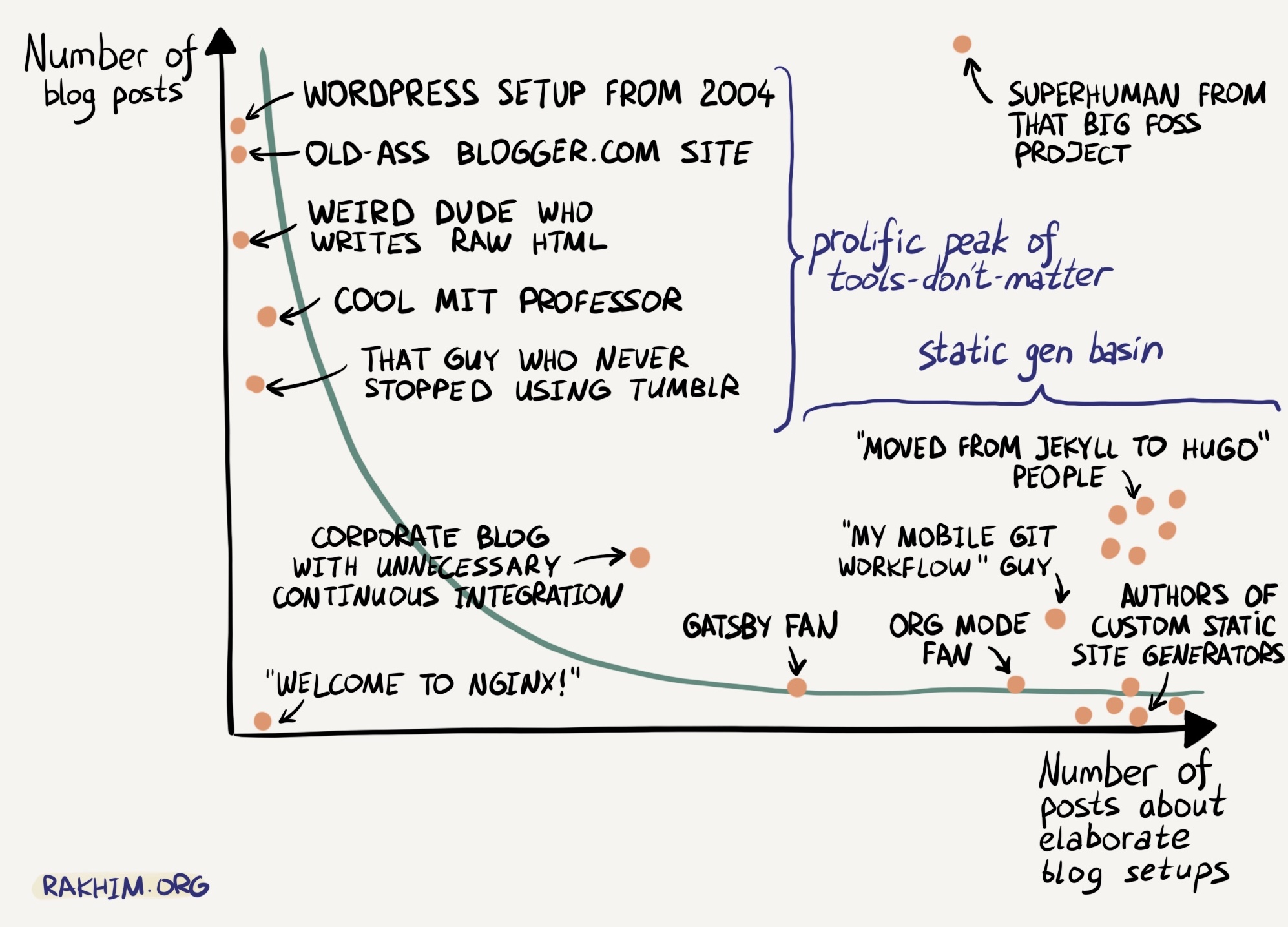

I took a look through the twitter, which someone mentioned in another thread.
Given the 4chan like aestetic of your twitter post, I decided to take a look through the boards and it only took me less than a minute to find the n word being used.
Oh, and all the accounts are truly anonymous, rather than pseudoanonymous, which must make moderation a nightmare. Moderation being technically possible doesn’t make it easy or practical to do.
I don’t want an unmoderated experience by default, either.
No, I’m good. I think I’ll stay far away from plebbit.


Maybe nginx proxy manager can do this.
https://nginxproxymanager.com/